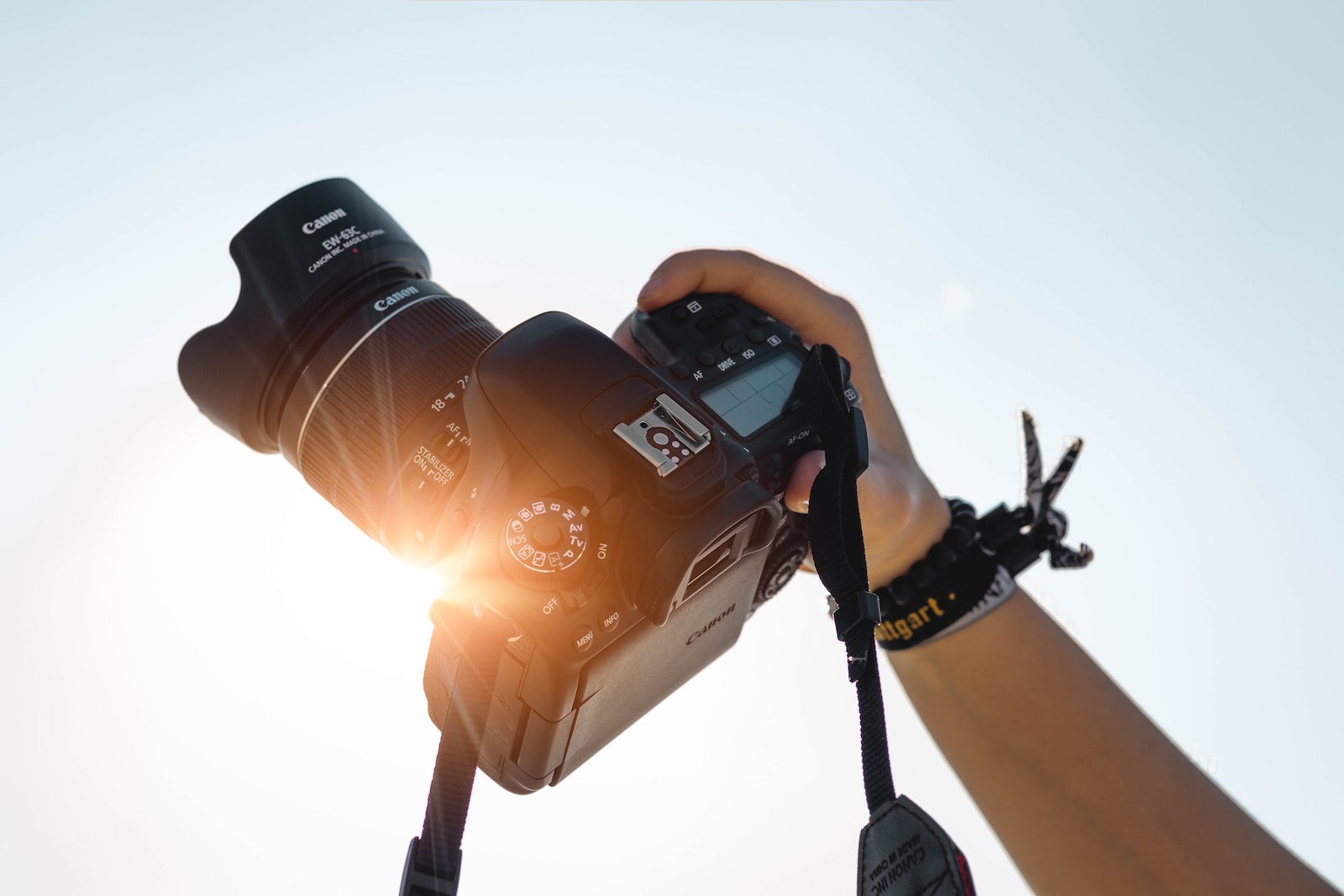Photography allows you to freeze time in motion in a single still image, whether a child or pet playing in the yard, a waterfall flowing in a landscape, an action sport, or anything else.
Moving objects are typically captured in pictures as blurs. One of the most difficult technical aspects of photography might be capturing moving subjects. Action photography demands that you properly plan out your shot, just like outside photography does. Beyond that, you must be well familiar with your camera and related equipment. Naturally, there is also an element of luck involved, but among many action photographers, it adds to the excitement.
10 Essentials for Stunning Motion Shots
1. Focus your shots in advance
Foreseeing where the action will occur when you are dealing with a moving subject at hand is critical. When it comes to obtaining the photo, you may save valuable milliseconds by pre-focusing your camera in a spot in the scene close to where you anticipate your subject to be.
2. Be able to control depth of field
Keep your subjects in sharp focus while letting the backdrop fade as one technique for making your subjects stand out. Using a wider aperture is one method to get this shallow depth of field.
3. Try out some low angles
In order to make your subject seem larger-than-life, go down low and close to them.
4. Capture the entire occasion
While it’s necessary to be ready for specific images, it’s also crucial to keep an eye out for unforeseen opportunities to capture interesting moments. To obtain a complete view of the sporting event or activity you are photographing, move around, explore, and try out different vantage points.
5. Bursts Shots
The majority of contemporary DSLRs have a burst mode, often known as continuous shooting, that enables you to press and hold the shutter button while taking a number of pictures quickly, one after the other. Nevertheless, it is often advised to keep continuous shooting of frame bursts to three or four frame.
6. Use RAW for your photography
Although filming in an uncompressed file format may take up a lot of room on your memory cards, the results will be worthwhile. When editing photos in post-production, the RAW format allows you greater freedom, particularly if you wish to change the white balance.
7. Flash
When taking pictures of your subject up close in a dark environment, a good flash may help produce a dramatic image that appears to stop time.
8. Motion blur
For some action shots, it’s best to use this blur effect. In these scenarios, using a tripod to stabilize your camera is a must, and you should choose a slower shutter speed to accentuate the movement of your subject.
9. Panning
When panning, you want to maintain (relative) sharpness on your subject while also expressing motion. When a subject is moving, you may maintain them reasonably sharp while the surrounding fades by panning your camera in the same direction.
10. Chrono Photography
By shooting numerous pictures of a moving subject and presenting them side by side to convey the subject’s progress through its various stages, a technique called chrono photography enables you to capture movement.




